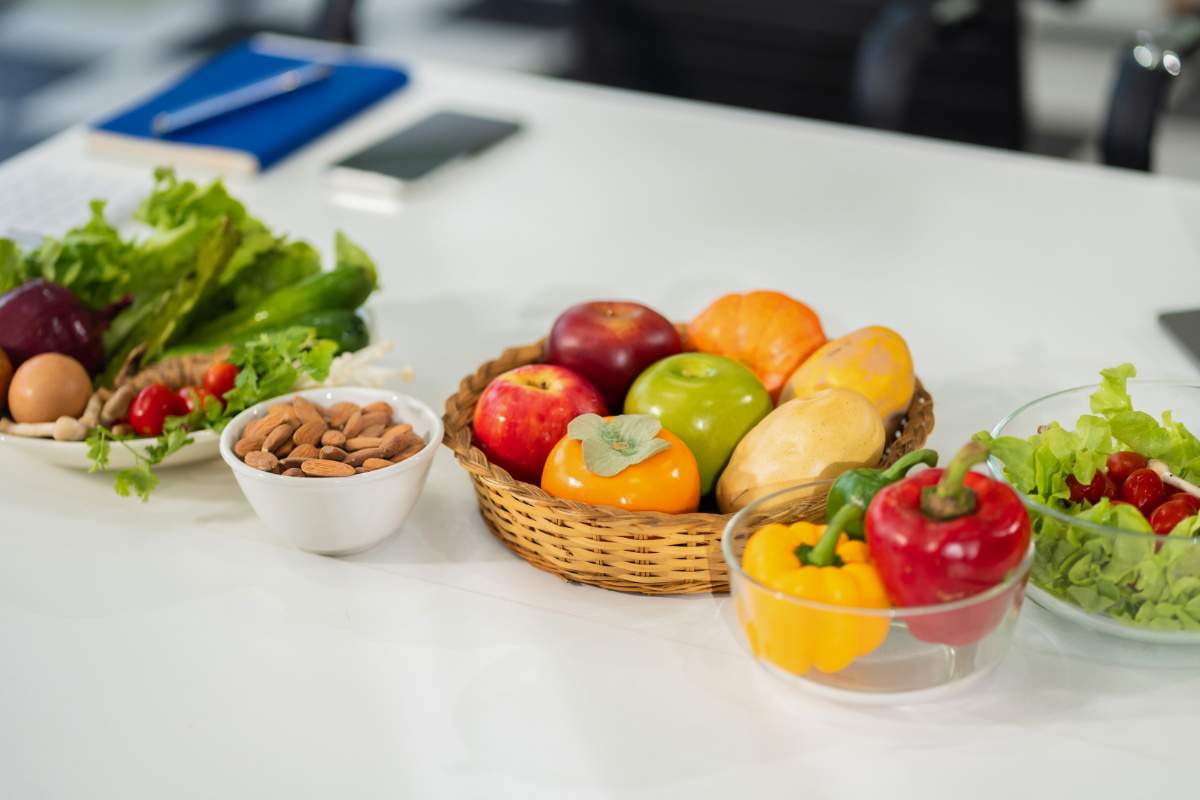Peanut butter and jelly sandwiches add 33.7 minutes to your healthy lifespan per serving. This comes from a University of Michigan study measuring over 5,850 foods and their impact on life expectancy.
The science behind this uses something called the Health Nutritional Index, which calculates net minutes of healthy life gained or lost from all-cause mortality per serving of food. The PB&J sits at the top of the list for foods that extend life, alongside nuts and seeds at 26 minutes per serving.
Nuts and Seeds Drive the Longevity Benefits
The protein and healthy fats in peanut butter are what make this work. Your body uses these to repair cells and keep your cardiovascular system running efficiently.
Eating nuts at least three times per week drops your atrial fibrillation risk by 18%. People who increased nut consumption from zero to half a serving daily saw a 25% reduction in cardiovascular disease risk within four years. The effect is immediate, not something that takes decades to kick in.
Nuts contain alpha-linolenic acid, an omega-3 fat that reduces inflammation markers and lowers blood pressure. Walnuts have the highest omega-3 content among nuts, but all nuts deliver antioxidants like resveratrol that fight oxidative stress.
Whole Grains Control Your Blood Sugar
The bread matters just as much as what’s inside it. Whole grain bread keeps your blood sugar steady because the fiber slows glucose absorption.
Studies show people eating 180 grams of whole grain bread daily for three months reduced HbA1c levels and improved cholesterol profiles. The fiber promotes satiety too, keeping you full longer so you don’t overeat later.
White bread spikes blood sugar fast and leaves you hungry within an hour. Whole grains release energy gradually over several hours. That’s the difference between crashing mid-morning and powering through your day.
9 Steps To Shed 5-10kg In 6 Weeks
Includes an exercise plan, nutrition plan, and 20+ tips and tricks.
Download FreePlant Protein Extends Lifespan More Than Animal Protein
Countries consuming more plant-based proteins like peanuts, chickpeas and tofu have longer adult life expectancies. For a 20-year-old, switching from a typical Western diet to one with more legumes, whole grains and nuts adds over 10 years to life expectancy.
Legumes alone add 2.2 to 2.5 years of life expectancy when eaten regularly. The effect is dose-dependent—eating more creates bigger gains.
Plant proteins come packaged with fiber, antioxidants and minerals that animal proteins lack. Your body processes them differently, producing less inflammation and oxidative damage long-term.
The Timing Makes It Work for Training
PB&J functions as both pre-workout and post-workout fuel. Before training, the carbs from jelly provide quick energy while peanut butter’s protein and fat sustain you through longer sessions.
Athletes eating a PB&J 60 to 90 minutes before exercise maintain energy levels without the crash that comes from simple carbs alone. The combination of fast-acting carbs and slower-digesting protein keeps blood sugar stable throughout your workout.
After training, you need carbohydrates to replenish glycogen and protein to rebuild muscle tissue. The ideal post-workout window is within two hours, when muscles are most primed for recovery. A PB&J delivers both macronutrients in the right ratio.
Peanut Skins Add Cellular Protection
Whole peanuts with skins contain polyphenols like m-coumaric acid and resveratrol. These compounds fight oxidative stress, one of the main drivers of cellular aging.
Research shows eating 25 grams of skin-roasted peanuts daily for six months increased telomere length in young adults. Telomeres are protective structures at chromosome ends that shorten as you age. Keeping them longer is linked to lower risk of age-related diseases.
Peanut butter doesn’t deliver this same benefit because processing removes most of the skins. If you want the full anti-aging effect, eat whole roasted peanuts with the skins on.
Magnesium and Potassium Support Recovery
Two tablespoons of peanut butter provide 190 milligrams of magnesium—42% of your daily needs. Magnesium regulates over 300 biochemical reactions, including muscle contraction, nerve function and blood pressure control.
Potassium in peanut butter (745 milligrams per 100 grams) acts as an electrolyte to balance fluids and support heart health. This matters after training when you’ve lost minerals through sweat and need to restore normal muscle function.
These minerals also reduce inflammation and speed recovery between sessions. You’re not just eating for today’s workout—you’re setting up tomorrow’s performance.
What About the Foods That Subtract Time?
Hot dogs cost you 36 minutes of healthy life per serving. Processed meats contain compounds that damage your cardiovascular system and increase cancer risk.
Sugar-sweetened beverages subtract 8 minutes per serving. Breakfast sandwiches with processed meat take away 10.8 minutes. Even vegetable pizza loses 1.4 minutes because the sodium and trans fats cancel out the benefits from vegetables.
The pattern is clear—ultra-processed foods with high sodium, trans fats and processed meats consistently damage health. Whole food combinations like PB&J do the opposite.
FAQ
How often should you eat PB&J to see benefits?
The University of Michigan study measured effects per serving, meaning one PB&J adds 33.7 minutes. Eating them regularly compounds the effect over time. Just make sure you’re using whole grain bread and natural peanut butter without added sugar.
Does the type of jelly matter?
Lower sugar jellies or fruit spreads work better than regular jelly because excess added sugar can offset some health benefits. Aim for options with 6 grams of sugar or less per tablespoon instead of the typical 11 to 12 grams.
Can you eat PB&J every day?
Yes, as part of a balanced diet with varied protein sources and plenty of vegetables. The sandwich provides protein, healthy fats and whole grains but you still need other nutrients from fruits, vegetables and different protein sources throughout the day.
What’s the best bread choice?
Whole grain bread with “whole” as the first ingredient gives you 2 to 4 times more fiber than white bread. This keeps blood sugar stable and provides B vitamins, iron and magnesium.
How much peanut butter should you use?
Two tablespoons is the standard serving size, providing 7 to 8 grams of protein and 16 grams of healthy fats. This amount delivers energy without overloading calories before or after training.
Are there better options than peanut butter?
Other nut butters like almond butter work similarly. Walnuts have higher omega-3 content but peanuts provide more protein per serving. The key is choosing natural versions without added oils or sugar.
Does natural peanut butter work better than processed?
Natural peanut butter contains only peanuts and maybe salt. Processed versions add hydrogenated oils and sugar which reduce the health benefits. The oil separation in natural peanut butter is normal—just stir it before using.
When should you eat PB&J for workouts?
60 to 90 minutes before training gives your body time to digest and convert food to energy. Within 30 minutes to 2 hours after training helps muscles recover and rebuild.
Can kids eat PB&J regularly?
Yes, unless they have peanut allergies. PB&J provides protein for growth, healthy fats for brain development and sustained energy for school and activities. The combination of nutrients supports healthy development when part of a varied diet.
What if you’re trying to lose weight?
A PB&J on whole grain bread has 390 to 450 calories depending on portions. This works for weight loss if it fits your daily calorie target and keeps you satisfied so you don’t overeat later. The protein and fiber help control appetite better than processed snacks.
Your Next Step
Start with one simple swap this week—trade your usual snack or meal for a PB&J made with whole grain bread, natural peanut butter and low-sugar jelly. Track how your energy feels throughout the day compared to your normal routine. The science shows it works, but the real test is how your body responds.

